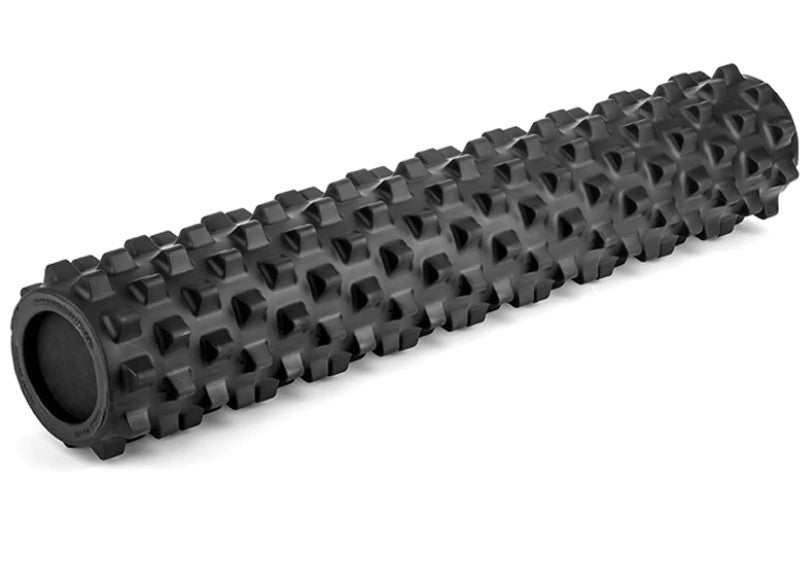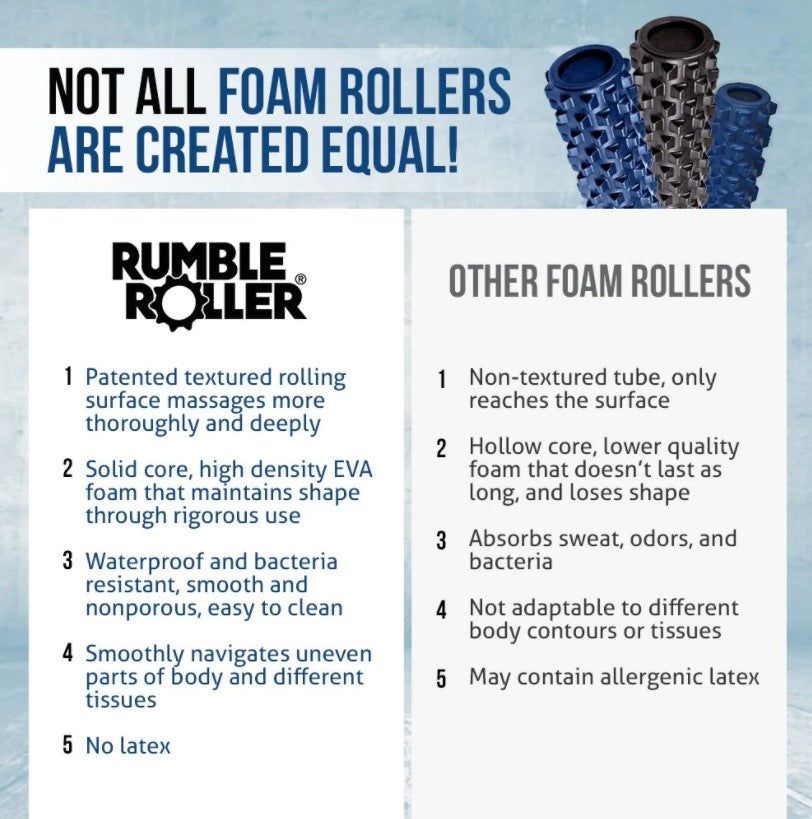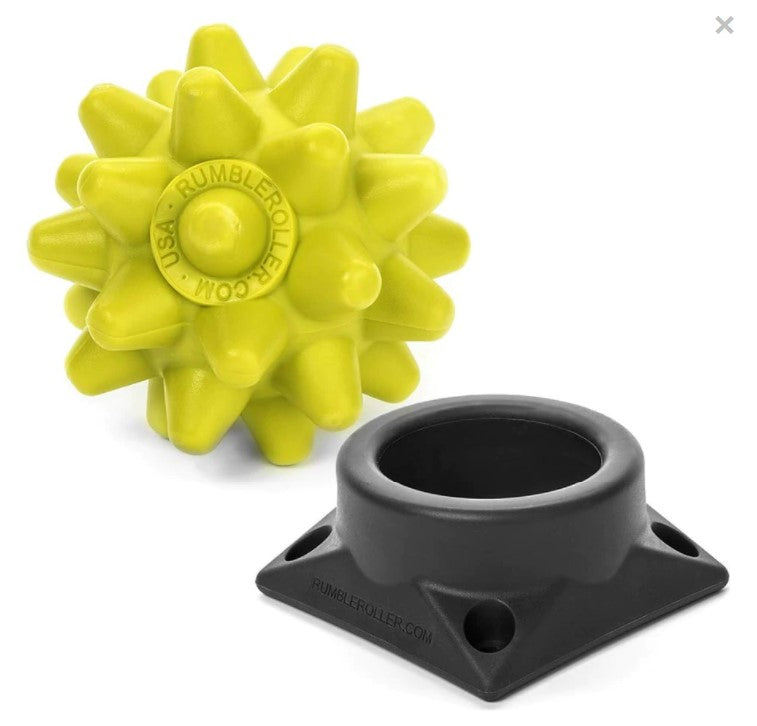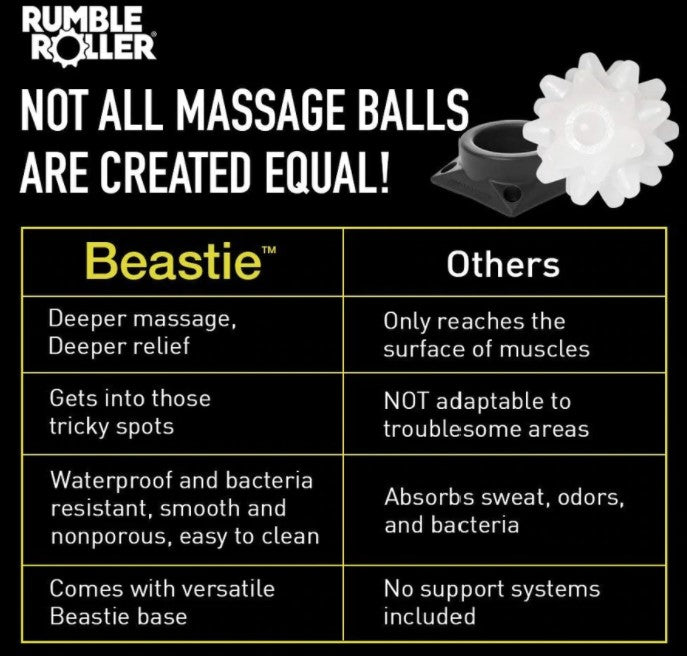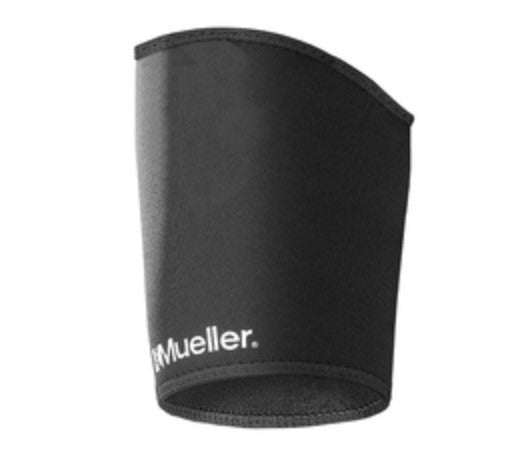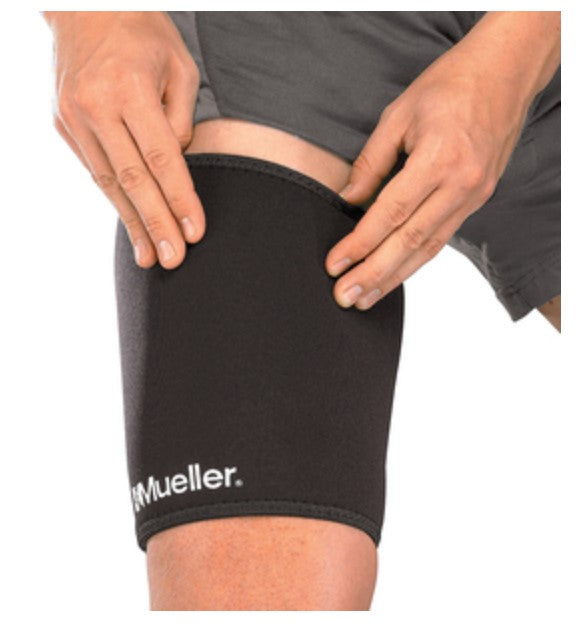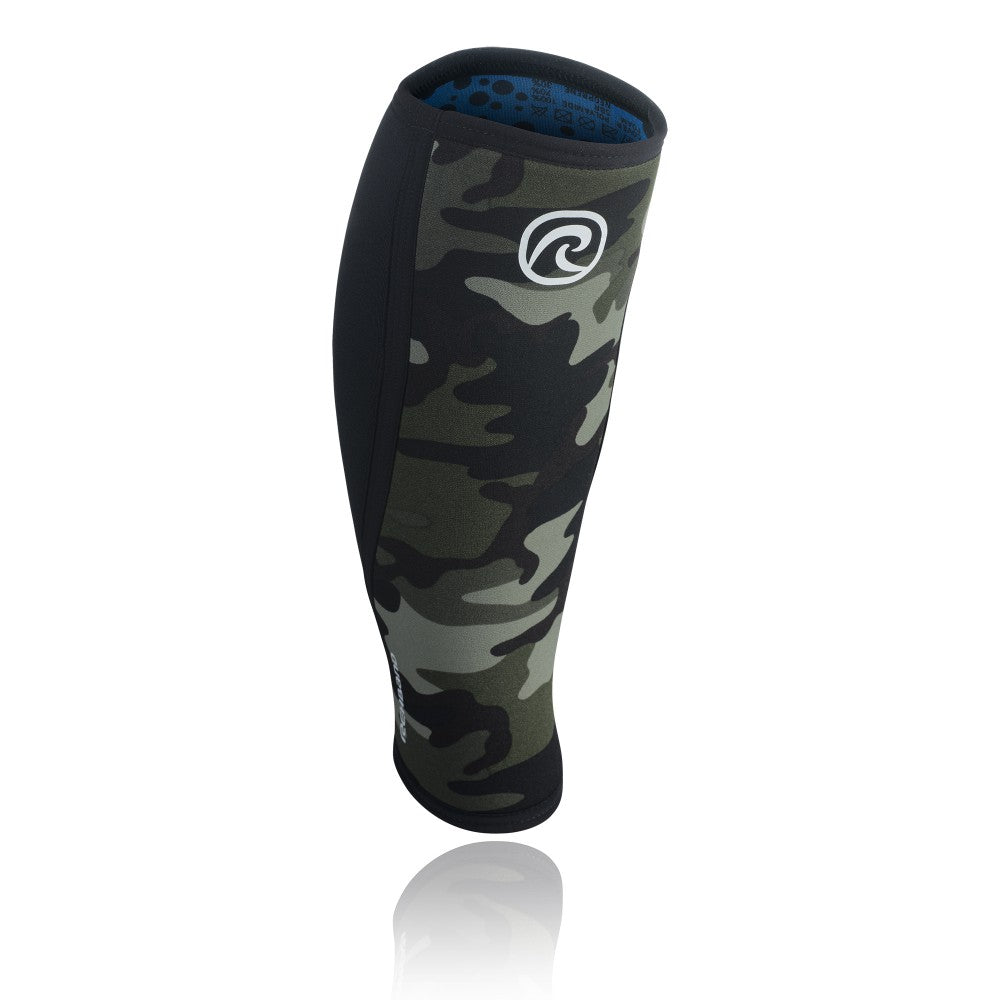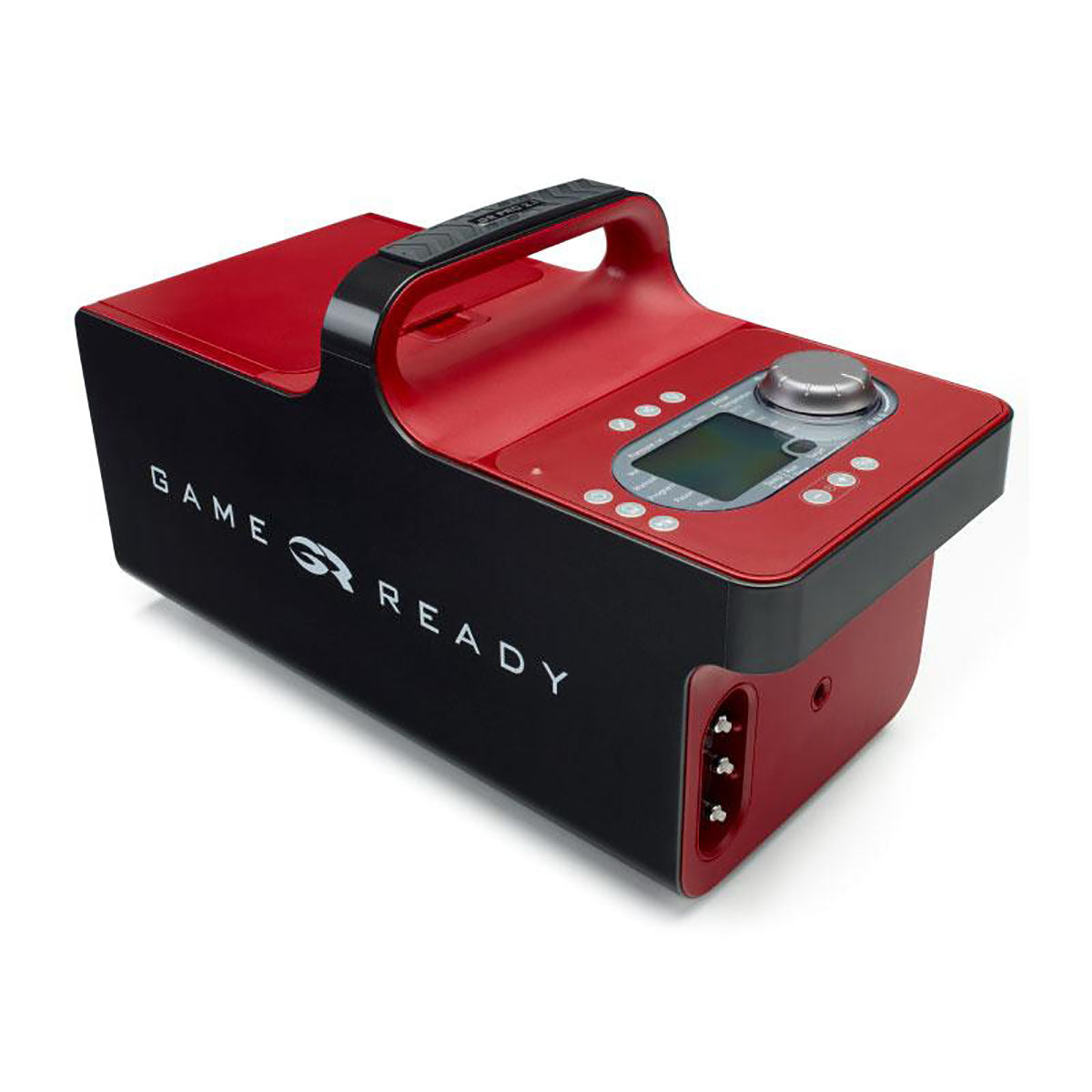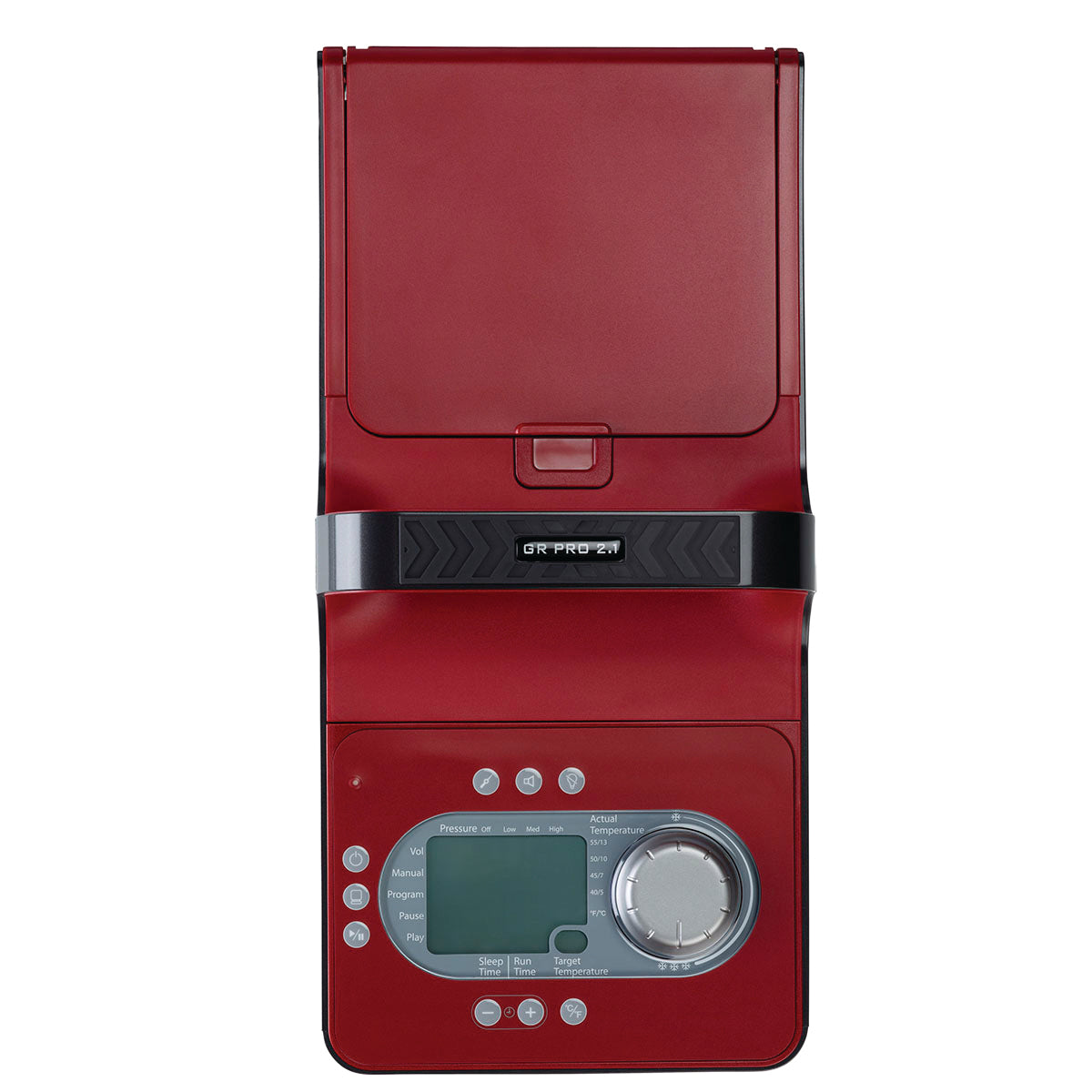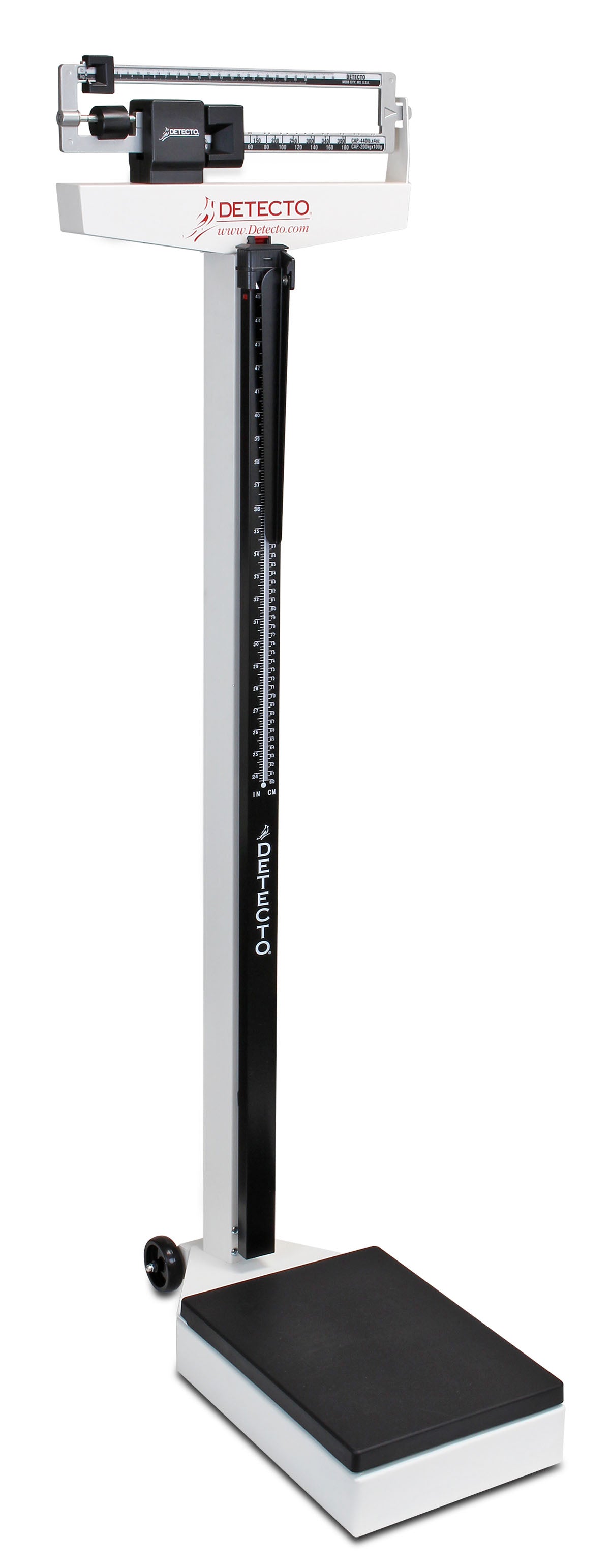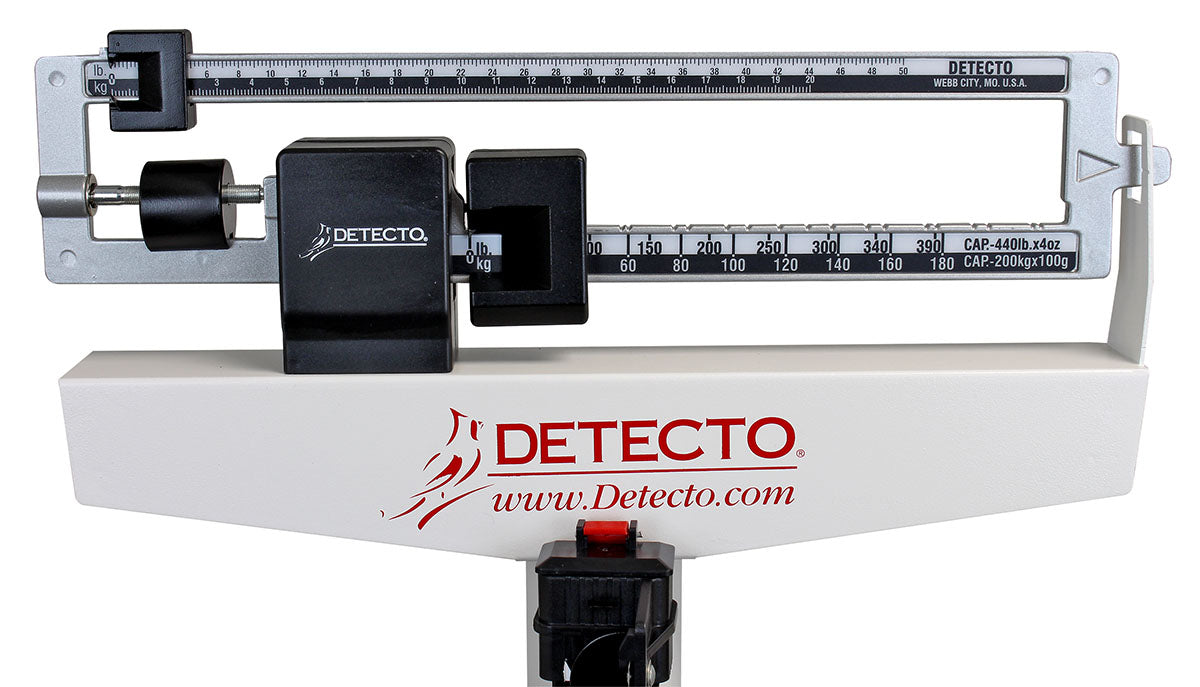Lifting weights causes (micro) damage to your muscles. This isn’t a bad thing, and in fact, it's a necessary thing in terms of muscle growth (hypertrophy). When you train, you disrupt equilibrium in your body, and that disruption triggers a series of adaptive mechanisms that prompt your muscle to get bigger and stronger as a way to counteract their future susceptibility to damage. So what is the signal that tells your body it has been “injured” and it’s time to adapt? Inflammation.
Inflammation is your body’s biological response to harmful stimuli, which in this case is the damage induced to your muscles from training. Its purpose is to tell your body that damage has happened and it’s time to adapt. In this type of scenario, inflammation isn’t the bad guy; it’s your best buddy (so long as the amount of inflammation that occurs is appropriate and not unchecked).
RELATED: Hypertrophy and the Non-Hormonal Stimuli That Make Muscle Grow
In response to the mechanical tension on your muscles induced by training, muscle stem cells go from “sleeping” (quiescent) to “activated.” Once activated, they differentiate and help to “patch” up the sites of muscle micro-trauma. However, an organized inflammatory response also occurs during this time. As part of this response, neutrophils travel to the sites of micro-trauma where they digest damaged muscle and secrete signals that attract other inflammatory factors. Neutrophils also stimulate the damaged fiber to secrete signals that attract other immune cells like macrophages. These infiltrating macrophages do not promote damage, but rather promote repair 1. Specifically, they help clear out debris at the site of muscle injury2. Additionally, they secrete pro-hypertrophic signaling molecules that stimulate those “sleeping” stem cells to transition from quiescent to activated, and then to further differentiate into precursor muscle cells that fuse to injured fibers as part of muscle’s reparative growth process3.
Think twice before reaching for the Advil.
A common thought in the area of training is that the strong soreness you feel after a training session (delayed-onset muscle soreness, or DOMS) drives muscle inflammation. This is the reason people in pain, following a training day, often reach for some nonsteroidal anti-inflammatory drugs (NSAIDs such aspirin, Aleve, etc.). However, that soreness is really due to the strain on your muscle fibers (from training), and not from the inflammation itself.As we discussed above, inflammation is the signal that tells your body it’s time to adapt and repair, not the culprit that’s responsible for your inability to take the stairs after a heavy training day. I hate to be the bearer of bad news, but for those of you taking NSAIDs, you might be killing your gains. Why? Well, for starters, blunting the initial inflammatory response in muscle affects its ability to regenerate4. Additionally, consumption of NSAIDs can also be detrimental to your muscle stem cells, alter muscle protein synthesis, and impair muscle hypertrophy2. I can’t speak for others, but I know I personally welcome inflammation, and shun NSAIDs, since I see it as the alarm signaling an influx of training gains.
Is being "cool" crazy for muscle hypertrophy?
Believe it or not, there is a lack of scientific evidence to support that icing muscles after a hard training session is beneficial for muscle recovery. In rats whose muscles have been injured, icing has been shown to have a negative effect on muscle regeneration, resulting in the rats who “iced” having smaller repaired fibers than respective repaired controls5. In humans recovering from training (72 hours post), topical cooling has been shown to have no effect on muscle strength and instead delays recovery from training6. Furthermore, studies in humans using cold-water immersion (AKA ice baths) have shown that those using the ice baths had reductions in strength and hypertrophic gains following 12 weeks of training7. So, when it comes to making training gains (long-term), you are probably better off ditching the ice.Summing It Up
Even though people tend to think inflammation is the enemy, it’s actually a minor superhero that prompts muscle to adapt, repair, and subsequently grow. So, when faced with the option to take an anti-inflammatory, it's probably better to save your money on some BCAAs if your goal is to grow. And rather than reaching for the ice when you're waddling after your leg day, consider asking for a rub instead. I’ll say it again: Inflammation is not the enemy. It is, in fact, your friend.References
- Tidball, J.G. & Wehling-Henricks, M. Macrophages promote muscle membrane repair and muscle fibre growth and regeneration during modified muscle loading in mice in vivo. The Journal of physiology 578, 327-336 (2007).
- Chazaud, B. Inflammation during skeletal muscle regeneration and tissue remodeling: application to exercise-induced muscle damage management. Immunology and cell biology 94, 140-145 (2016).
- Vierck, J. et al. Satellite cell regulation following myotrauma caused by resistance exercise. Cell biology international 24, 263-272 (2000).
- Urso, M.L. Anti-inflammatory interventions and skeletal muscle injury: benefit or detriment? Journal of applied physiology 115, 920-928 (2013).
- Takagi, R. et al. Influence of icing on muscle regeneration after crush injury to skeletal muscles in rats. Journal of applied physiology 110, 382-388 (2011).
- Tseng, C.Y. et al. Topical cooling (icing) delays recovery from eccentric exercise-induced muscle damage. Journal of strength and conditioning research 27, 1354-1361 (2013).
- Roberts, L.A. et al. Post-exercise cold water immersion attenuates acute anabolic signaling and long-term adaptations in muscle to strength training. The Journal of physiology 593, 4285-4301 (2015).










































